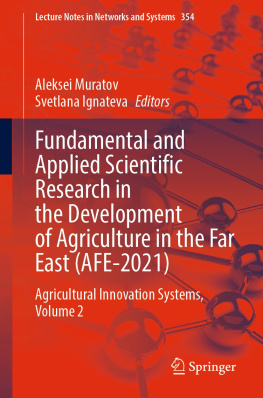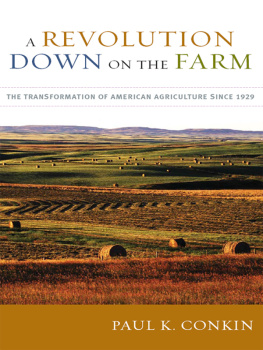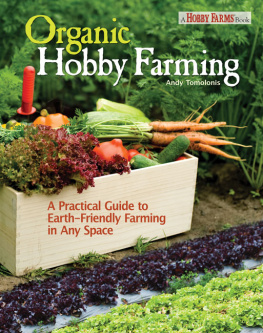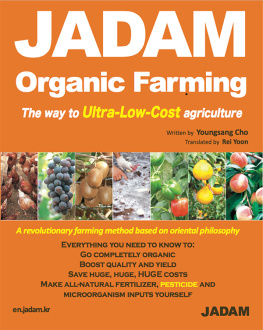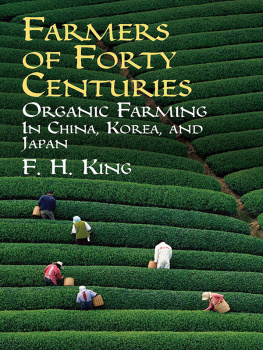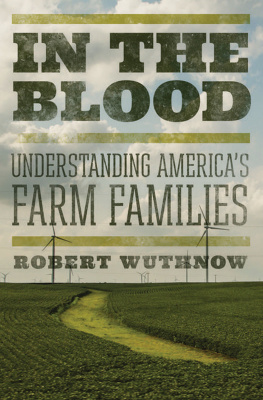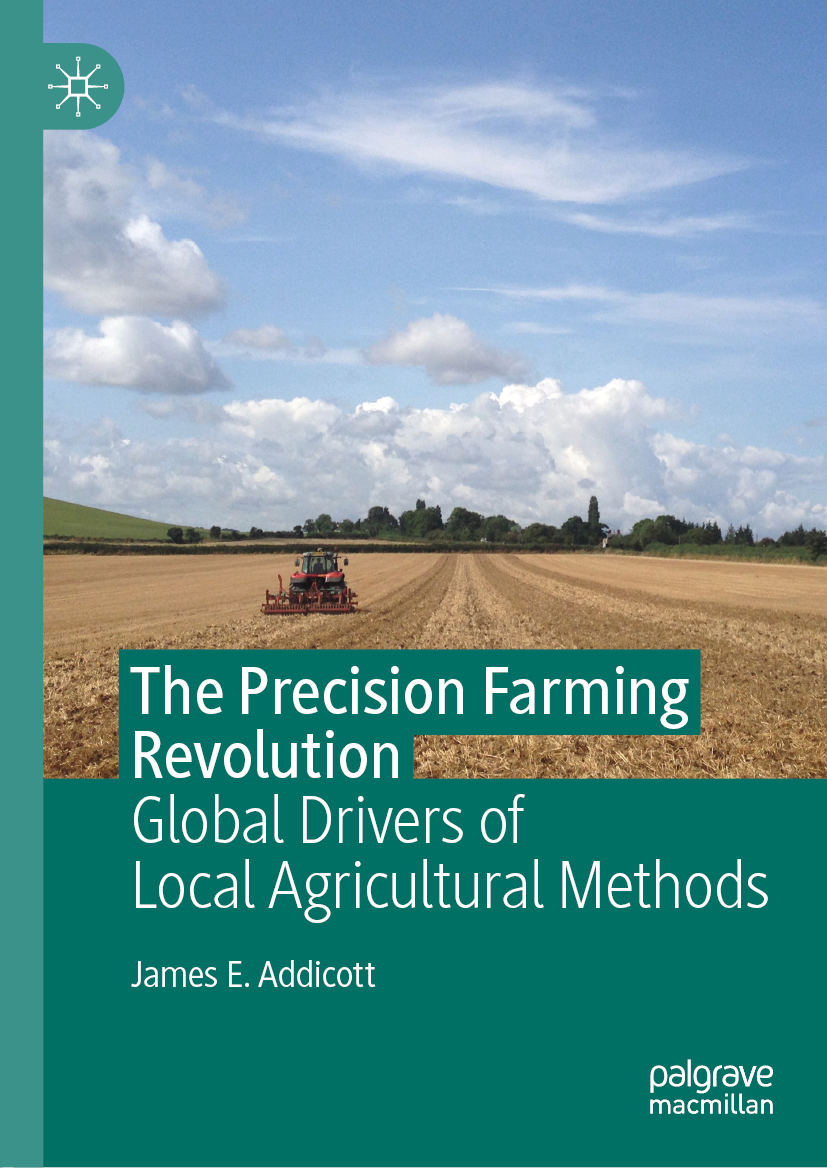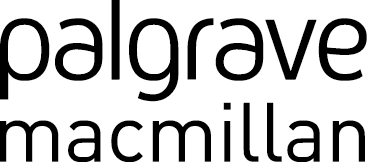James E. Addicott
Bath, UK
ISBN 978-981-13-9685-4 e-ISBN 978-981-13-9686-1
https://doi.org/10.1007/978-981-13-9686-1
The Editor(s) (if applicable) and The Author(s), under exclusive license to Springer Nature Singapore Pte Ltd. 2020
This work is subject to copyright. All rights are solely and exclusively licensed by the Publisher, whether the whole or part of the material is concerned, specifically the rights of translation, reprinting, reuse of illustrations, recitation, broadcasting, reproduction on microfilms or in any other physical way, and transmission or information storage and retrieval, electronic adaptation, computer software, or by similar or dissimilar methodology now known or hereafter developed.
The use of general descriptive names, registered names, trademarks, service marks, etc. in this publication does not imply, even in the absence of a specific statement, that such names are exempt from the relevant protective laws and regulations and therefore free for general use.
The publisher, the authors and the editors are safe to assume that the advice and information in this book are believed to be true and accurate at the date of publication. Neither the publisher nor the authors or the editors give a warranty, expressed or implied, with respect to the material contained herein or for any errors or omissions that may have been made. The publisher remains neutral with regard to jurisdictional claims in published maps and institutional affiliations.
Cover image: James E. Addicott
This Palgrave Macmillan imprint is published by the registered company Springer Nature Singapore Pte Ltd.
The registered company address is: 152 Beach Road, #21-01/04 Gateway East, Singapore 189721, Singapore
Preface
Precision farming systems were marketed to local farmers on their ability to increase yields whilst reducing inputs and business overheads to save planet earth and feed the world. But could autonomous, satellite-driven tractors and farm equipment help local family farmers achieve these goals? Critics contend that self-steering and self-regulating farm equipment incorporated throughputs of commoditised data which devalued the time-honoured knowledge accumulated by farming families; autonomous control systems reduced farmers to the role of nodes or conduits within control systems dominated by transnational firms. This book is the result of four years of research conducted at the University of Cambridge, and contains ethnographic research carried out in the West Country of England within a cooperative of farmers in rural village communities. It reveals the reasons why local farmers were investing into autonomous systems and traces any outcomes of adoption. It describes the driving forces in the fourth industrial revolution in the lead up to Britains Brexit referendum, detailing local and global drivers in revolution from the launch of Sputnik 1 , world population growth metrics, climatic and ecological crises, profit-driven farming and government grants. Contrary to the claims that precision farming system came with calculable cost benefits that would stand to profit local farmers around the world, whilst at the same time making industrial farming green, the book analyses precision farming systems as one of a number of cultural methods to be found within Britains multi-agricultural and countryside landscape. Intelligence, ideas and thinking, new organisational powers and capacities, were precisely what precision farming offered farmers and firms. The power dynamics of industrial agriculture were reorganised and this book will offer readers an understanding of how and why.
James E. Addicott
Bath, UK
Acknowledgements
Gerald & Rosaline Addicott
Dr. Peter Dickens of The Department of Sociology: University of Cambridge
Emily & Eddie, Charlotte and Rosa
The Bath District Farmers Group
Duchy of Cornwall
List of Figures
Fig. 1.1 Farm Forward: set somewhere in the future, an America farmer makes adjustments to his crops from his farm office using computing and remote sensing technologies. Available online at https://www.youtube.com/watch?v=jEh5-zZ9jUg ( Source Image clearance obtained from John Deere & Co.)
Fig. 1.2 Using soil management software, this field named Nettley Piece was demarcated into three soil management zones, indicated by the red lines, according to varying soil type
Fig. 1.3 A Normalized Difference Vegetation Index NDVI satellite image. This is a field called Nettley Piece. The dark green areas represent healthy plant growth (chlorophyll). The lighter green areas to orange and dark red areas indicate where more fertiliser is required
Fig. 1.4 A rough guide to the geographical region farmed by the local cooperative farming group
Fig. 1.5 Drone aerial photograph taken of one of the family farms during drilling season where ethnographic research was carried out
Fig. 2.1 A 100-year-old photo taken within the fields of one of the farms in Somerset where qualitative research was carried out. Taken in 1916, the image demonstrates the kind of family-orientated workforce employed in farming activities. This field is neighbouring to Nettley Piece that appeared in the NDVI and soil zoning images in Chapter . Two family members farm the same field using machines and occasional contractors (agronomist, biofuels and bailers)
Fig. 3.1 A farmers equipment market near Cheddar where old tools, machinery and equipment were sold under auction
Fig. 5.1 A grain storage barn heaped up with barley until it almost touched to roof. This caused the barn walls to crack under the sheer weight. The farmers had considered that the phenomenal harvest could be stored until the late winter to hopefully fetch a better price
Fig. 5.2 A yield map captured by remote sensing satellites. The farmer speculated that the red or extremely low yielding areas (red/orange areas of the field) were caused by wildlife interference, badgers in particular, flattening the crops
Fig. 5.3 A field of barley that went over (laid on the ground) in each field of barley throughout the farm. Although this is a very undesired outcome, it suggested to the farm that variable applications were delivered with consistent yield averages across the farm



